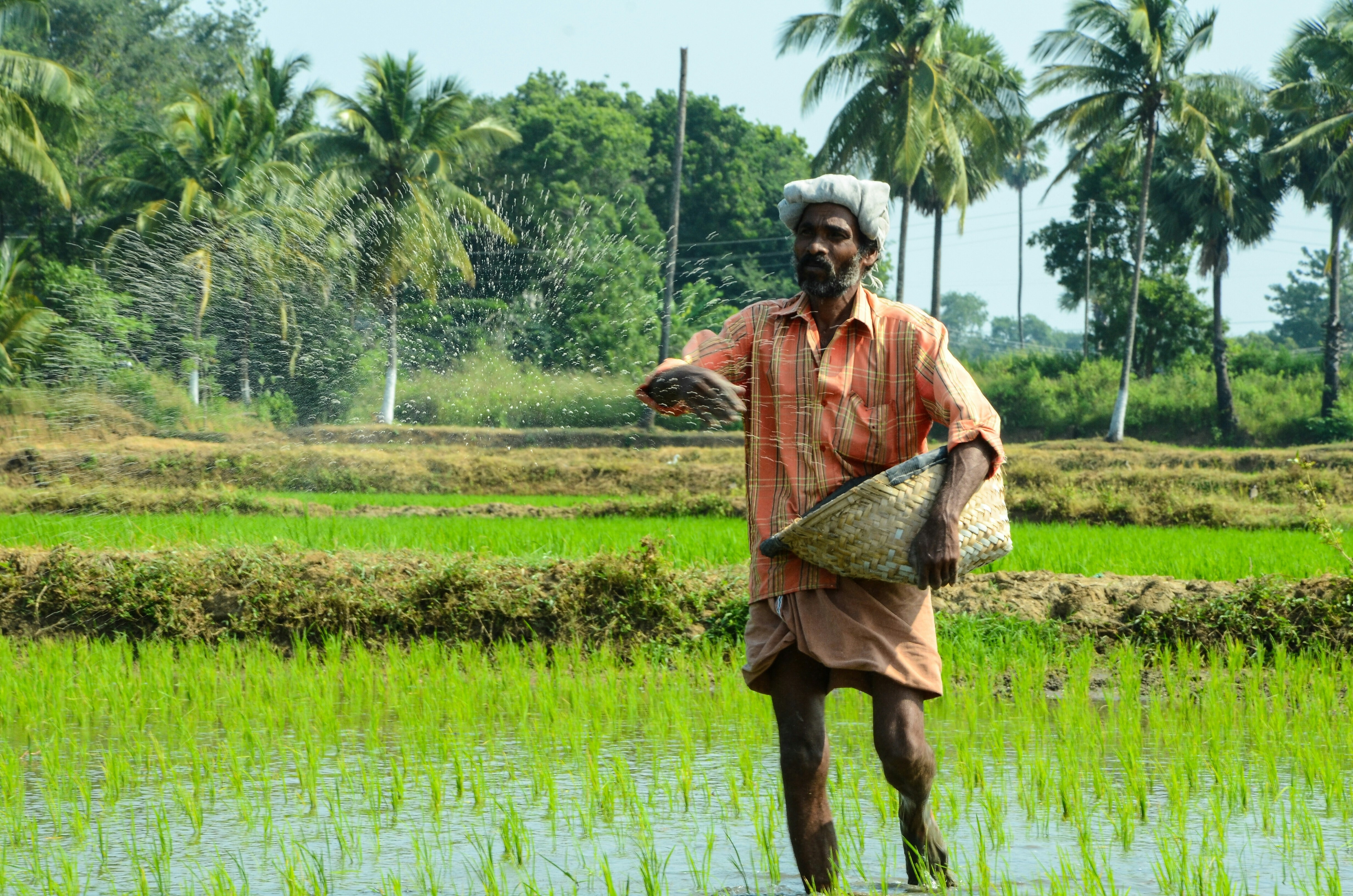The limits of refugee law

Jane McAdam
Director of the Andrew & Renata Kaldor Centre for International Refugee Law, University of New South WalesLast year, media headlines across the world signaled the arrival of the world’s first ‘climate change refugees’. From a legal perspective, the headlines were wrong: the family concerned – from the low-lying Pacific country of Kiribati – were unsuccessful in their bid to be recognized as refugees fleeing from the impacts of climate change on their environmentally fragile island.
However, it is true that people are already being displaced by the effects of climate change and natural disasters, albeit mostly within their own countries rather than across international borders. For instance, earlier this year, over 70% of Vanuatu’s population was displaced as a result of devastating Cyclone Pam. The Internal Displacement Monitoring Centre reported that in 2013, around 22 million people were newly displaced by disasters – almost three times as many people as by conflict.
Current international and national legal frameworks neither facilitate nor support cross-border movement in these circumstances. Legally, there are cogent reasons why, in most cases, international refugee law will not assist people whose homes are rendered unsafe by natural disasters or the impacts of climate change (such as erosion, drought, salt-water intrusion, etc). Refugee law requires persecution for reasons of race, religion, nationality, political opinion, or membership of a particular social group. In general, the impacts of climate change or disasters will not satisfy these criteria. However, if people are adversely affected by policies adopted in the aftermath of disasters – for instance, discriminatory government policies restricting access to humanitarian assistance – then a refugee claim may succeed.
Human rights law, however, does protect people against forcible return to life-threatening conditions or cruel, inhuman or degrading treatment. If conditions in a country cumulatively reach a sufficient level of severity – for instance, if fresh water supplies are limited, crops cannot grow, and shelter and healthcare are compromised – then people may be eligible for protection on these grounds.
But while humanitarian protection is very important, it tends to be a remedial response. It therefore makes sense to identify proactive strategies that governments can pursue now, in order to try to avoid future displacement altogether and thereby create greater security and choice for affected communities.
We need a toolbox of responses at the local, national, regional and international levels, that includes facilitating climate change adaptation to enable people to remain in their homes for as long as possible, and migration strategies to help those who wish to move.
In October this year, the Nansen Initiative on Disaster-Induced Cross-Border Displacement – an intergovernmental process led by Norway and Switzerland – will present a Protection Agenda to governments. This will set out a number of strategies to help States better prepare for, and respond to, mobility linked to disasters. By pinpointing protection gaps, as well good practices, it will identify legal and policy interventions that may assist people to avoid displacement in the first place, and to respond more effectively when displacement occurs. The next section examines some of these strategies.
First, states need to enhance disaster risk reduction and climate change adaptation to build resilience in communities. By systematically integrating disaster risk reduction measures, there is a better chance that if disaster strikes, some people may avoid displacement altogether – or at least be displaced for a much shorter period of time.
Secondly, in some contexts, temporary forms of protection mechanisms, such as humanitarian visas or extended stay arrangements, may provide short-term relief to people who are displaced by a disaster, or who are abroad when a disaster strikes and cannot return home. The evidence shows that most people in such circumstances will be keen to go home and rebuild as soon as it is safe to do so. In some cases, though, particularly where land is lost or becomes inhabitable due to natural hazards, permanent integration in the host country, or resettlement in a third country, may be necessary. This is why temporary protection must be closely linked to efforts to find durable solutions at an early stage.
Recent events in Vanuatu remind us is that displacement in the Pacific will not be cross-border, at least initially. One option might be for countries like Australia and New Zealand to create international evacuation plans that could be triggered on the request of affected states. This would provide a more controlled and predictable response that would provide temporary safety until people can return home. However, more permanent humanitarian solutions would also need to be made available for those who could not return.
Thirdly, states should enhance voluntary migration opportunities so that people can move before disaster strikes or slow-onset climate processes render land uninhabitable. This could include bilateral or regional free movement agreements, training programs that prepare individuals to find work abroad, or the creation of special visa categories for people living in specifically identified regions. This does not necessarily mean that States necessarily have to expand their annual immigration intakes, but they could utilize existing migration categories more cleverly. For example, they could waive some of the usual requirements for employment, family or student visas in order to admit displaced people and prioritize their applications for stay.
For example, in the Pacific, overseas employment already provides a livelihood strategy for many people. Seasonal work programmes in Australia and New Zealand enable Pacific islanders to diversify their incomes and send remittances home. Meanwhile, targeted work and education schemes enable small numbers of Pacific islanders to migrate to Australia and New Zealand and become permanent residents. In the context of climate change and disasters, similar programmes could help to alleviate resource pressures on the islands, while remittances could contribute to further adaptation funding there. Given population pressures on some of the islands, more migration might enable a smaller population to remain at home for longer.
Fourthly, planned relocations are another proactive response that States could use to move people out of danger zones before disaster strikes, or to move them to safer areas in the aftermath of a disaster if return home is not possible. The vast majority of relocations will occur within countries, rather than across borders. To date, most internal relocations have occurred in the context of development projects, and have often led to greater vulnerability and impoverishment. For this reason, it is essential that any planned relocations are undertaken with the full participation of affected communities, with their rights and interests safeguarded.
Finally, the extent to which migration and relocation can function as positive forms of adaptation, rather than signs of vulnerability, will depend in part on the laws and policies put in place. Well-planned strategies, developed in consultation with affected communities, can lessen the likelihood of later humanitarian emergencies and displacement. In the long run, the costs of inaction far outweigh the costs of implementing the measures discussed above – both in financial and human terms.
Author: Jane McAdam is Scientia Professor of Law and the Director of the Andrew & Renata Kaldor Centre for International Refugee Law at the University of New South Wales, Australia, and a Young Global Leader.
Image: Children ride on a truck in Lenakel town after Cyclone Pam struck in Tanna, about 200km from Port Vila, capital of Vanuatu March 17, 2015. REUTERS/Edgar Su
Don't miss any update on this topic
Create a free account and access your personalized content collection with our latest publications and analyses.
License and Republishing
World Economic Forum articles may be republished in accordance with the Creative Commons Attribution-NonCommercial-NoDerivatives 4.0 International Public License, and in accordance with our Terms of Use.
The views expressed in this article are those of the author alone and not the World Economic Forum.
Stay up to date:
Climate Crisis
Forum Stories newsletter
Bringing you weekly curated insights and analysis on the global issues that matter.
More on Climate Action and Waste Reduction See all
Planet in focus: The technologies helping restore balance – and other news to watch in frontier tech
Jeremy Jurgens
November 13, 2025






